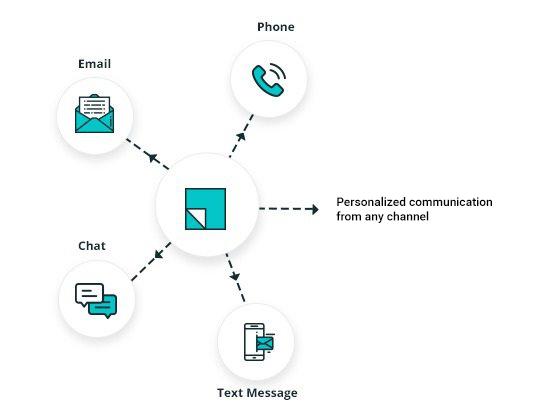Education Technology or just Ed-tech for short, has seen a staggering growth in the last 8 years.
To give you an idea of the scale, the industry in India was valued at $447 million (according to a 2016 KPMG Report) and is expected to reach $1.96 billion by 2021 (Source: TOI).
Beyond the investments and valuations, ed tech in one form or other has also snuck into our households, and our everyday vocabulary – be it in terms of the simplest YouTube channels & mobile-based learning apps, to complex AI-based tools for personalized learning in the classrooms or beyond.
So, ed-tech is no doubt leading the way in revolutionizing education. With that established, we need to understand two things:
- What’s making the ed-tech companies click, with the investors, students (be it kids or adults), and the parents?
- Can we replicate ed-tech techniques in higher education or the traditional education sector to replicate their success?
Let’s see what higher education can learn and borrow from the ed-tech companies:
1. Focus on student experience
![]()
Ed-tech has tailored the learning experience effectively to each individual student. While memorization of curriculum has been the traditional approach of educational institutes (which a few institutions are trying to change now), Ed-tech’s practices focus more on the individual student’s learning and performance. This modern way of teaching involves questioning, explanations, understanding and demonstration to shift the focus just from the score to an understanding of the concept. For e.g. A student who did not understand math, would simply cram all the formulas to solve problems, just for getting good grades. Little does he know that concept building is as important as getting good grades. The progressive teaching methods are student experience oriented and focus more on producing a skilled individual. Many ed-tech companies track student’s learning patterns, and personalize the curriculum to fit each student’s learning methods, pace etc. An example of how higher education institutions can do this is by gathering behavioral data from all the trackable elements (interaction with online learning resources, classroom performance and assessment tracking), and make personalized suggestions on student portals. This might sound complex, but is doable, to the extend tech is being used in your institution.
2. Embrace Technology
![]()
The modern learning is utilizing technology to its maximum potential with robotic techniques like artificial intelligence, machine learning and big data. No longer is it required for the students to sit in the same classroom at the same time and learn from the same tutor. Learning has already extended its scope beyond space and time. Not just the students, but the admissions team can also use this technology to drive more applications. The higher educational institutes must adopt an education CRM to get a real time view of the prospective students as well as manage all the student applications. The use of a higher education CRM can help them to optimize their resources as well as save time and money.
3. Use data to make decision
![]()
In a class of 50 students, every individual will have a different way of learning, different paces and so on. Teaching all 50 with the same pace, without any individual attention would not drive any significant results. In order to provide this personalized touch, it becomes essential to use tools which can track, analyze and interpret every individual’s performance. This data has add-on benefits like performance prediction, increased retention and resource optimization.
4. Enable the counselors and other student facing teams
Personalization is the key to driving success for any educational institute. One of the reasons for the success for Ed-Tech businesses is the ability to talk to students one-on-one. This not just helps in relationship building but also increases the chance of student retention, because they know that help is just a click away, if they need it. Sharing helpful resources periodically is also one part of the student engagement process which is often ignored. Sending out emails, talking to students and providing them with regular support can improve the chances of not just the student opting for you over other institutions, but can reduce the chances of drop-offs post-admission. Imagine how easy will it be to enroll the student, when you already know the student preferences, the course he/she wants and the campus he/she’s interested in. This prediction is not rocket science but simple website tracking and analysis by using an efficient CRM solution.
In Conclusion
The modern method of teaching has made a strong hold in the education industry. This relationship between education and technology has proven to improve student experience and increased student engagement. The higher educational institutes must accept these technological advances as well if they want to attract and retain more students like their ed-tech counterparts.
